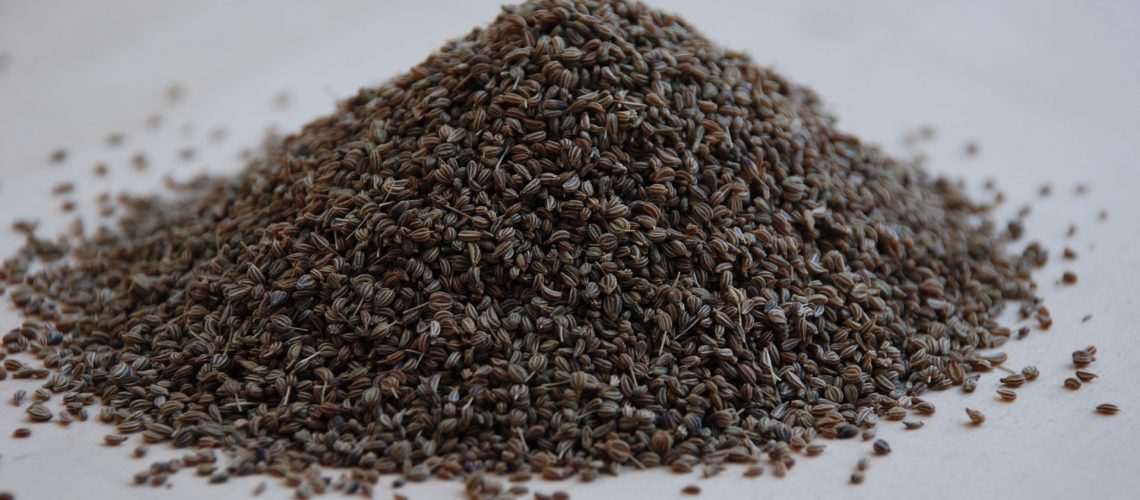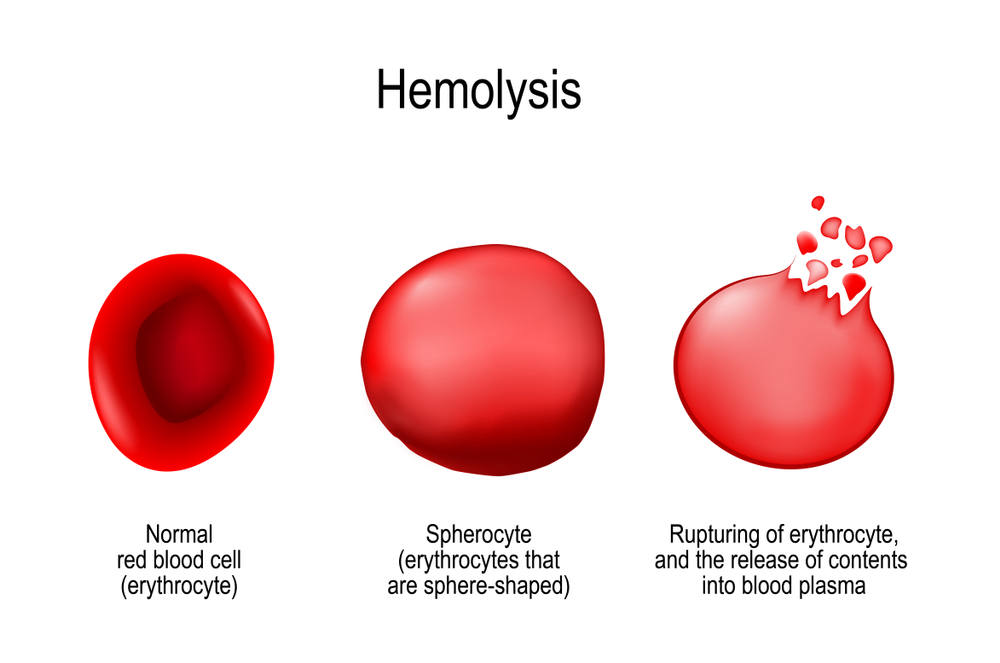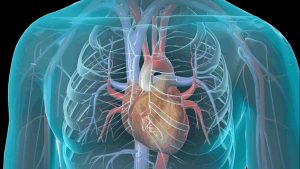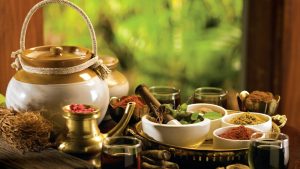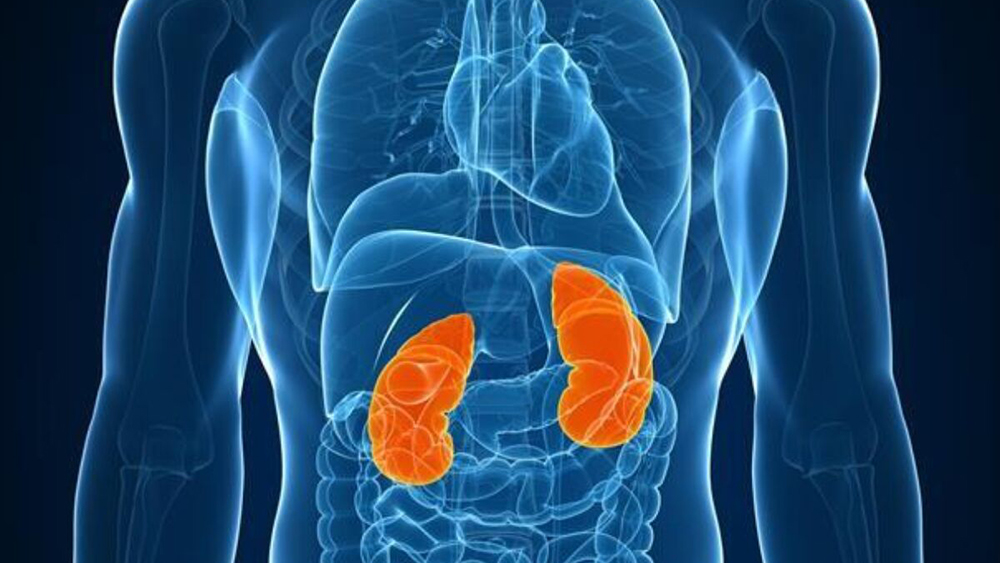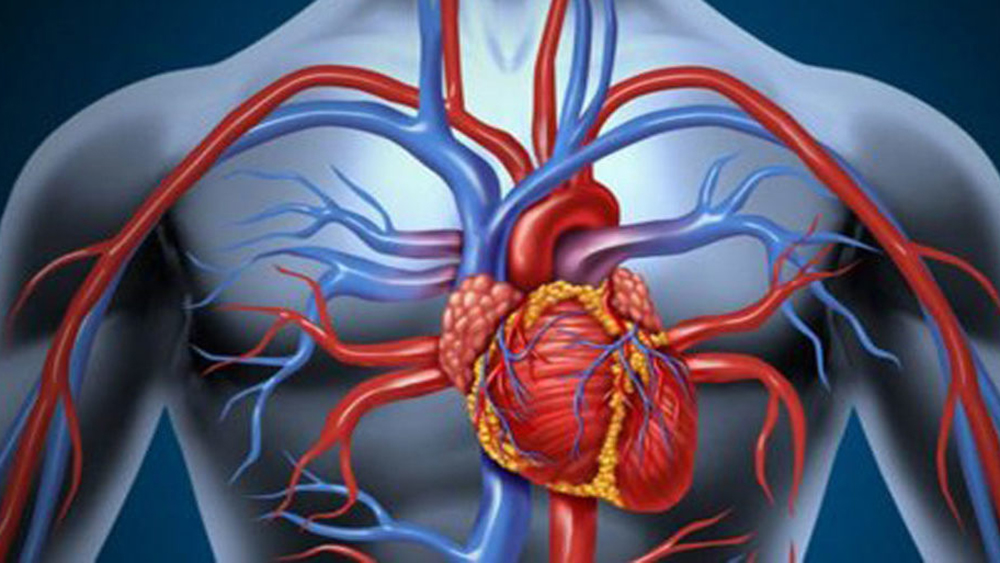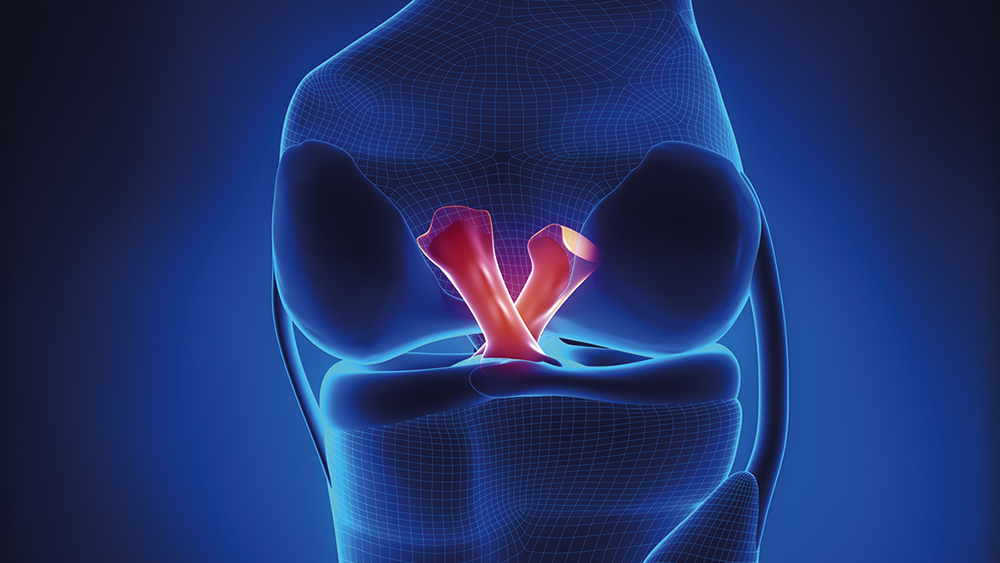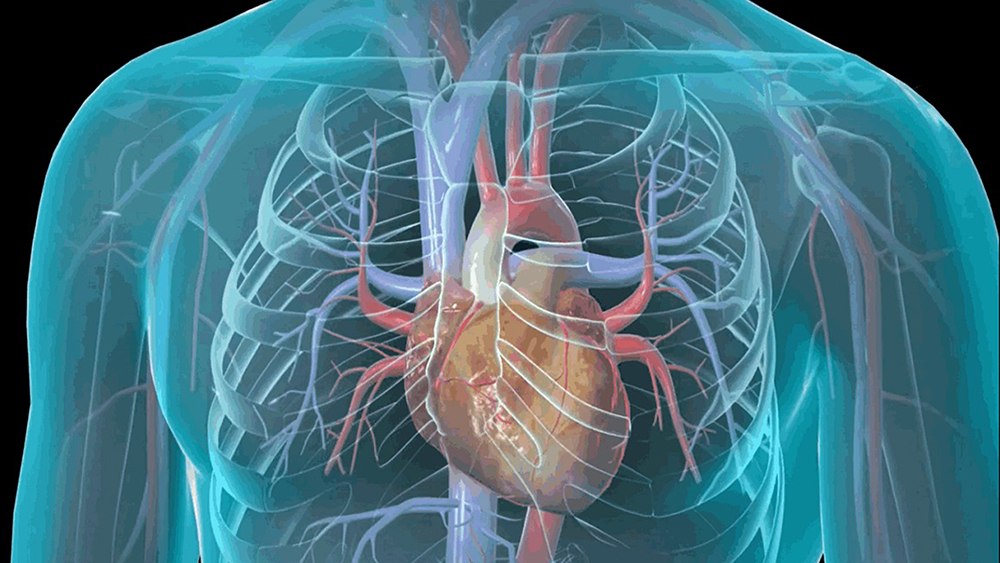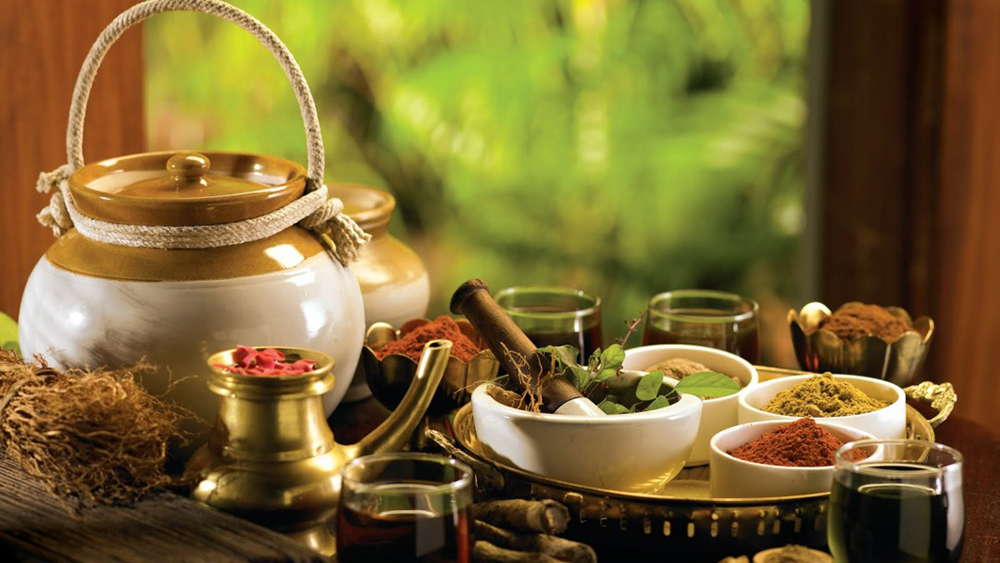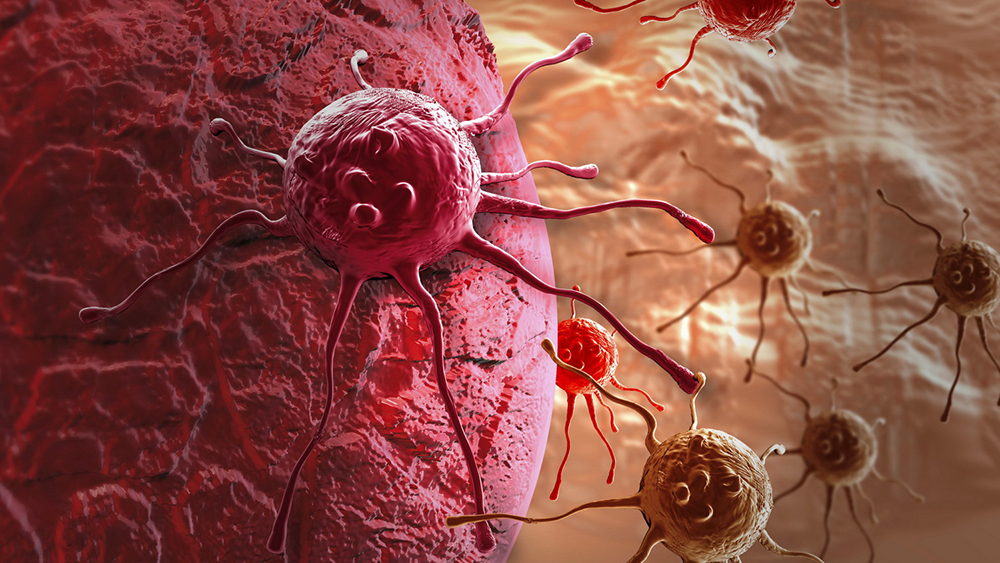Do not confuse it with thyme or cumin, it may be similar in flavor taking from the former the somewhat aromatic taste and from the latter the spicier side, but not in substance. In fact, Carum ajowan Sprangue is something else entirely. Doesn’t this name ring a bell? What if we said Trachyspermum ammi., nothing yet? You will certainly get a better idea if we define this spice by its most popular designation: bishop’s herb. You don’t know it?, don’t blame yourself, you have a point because it is a rare plant that comes from distant lands, from the Middle East. Here is what we can tell you about it.
Appearance. Small, indeed minute, elongated seeds, variegated in color between grayish-yellow with deep green and beige veins. Looking at it there are those who say they resemble a celery seed, so much so that they are confused with lovage or country celery precisely: however, that would be a blunder. If you smell it, we have said that the smell is close to thyme, this is because both-thyme and bishop’s herb-contain a substance called thymol, specifically ajowan takes on the pungent oil flavor of thyme itself, however it retains an aromatic aftertaste between anise and cumin. Once placed in the mouth, the ajowan seed has a distinct flavor: intense, pungent and slightly bitter. ‘Credentials’ that must also guide in quantities: little is enough to flavor a dish, indeed a few seeds are enough for 5-6 servings. But the seeds are not the only ones that can be used: the leaves, for example, can also be used for flavoring, typically salads. Ajowan is used in ethnic cuisine, particularly Indian, where it is almost never used fresh but dried or roasted or fried in oils. It is also used in the preparation of the classic curry and pairs well with potatoes, lentils, and beans, toward which it also helps reduce aerophagism. In India, lentils are first cooked with turmeric, then flavored with tadka, a sauce made by frying cumin, chili, ajowan, garlic, and assafetida in oil or butter. Still it is used to give more usto to bread and other leavened products such as buns, and in this case the seeds are ground or pounded in a mortar or more simply crushed with the fingers to increase the flavor, as well as to fish, meat, and vegetables. Instead, in Africa it is sometimes used as an ingredient in a spice blend called berberé, which is essential for zighinì, the traditional peppery stew of beef and chicken; in Nepal it is one of the ingredients in Panch phoran, another special spice blend. Bishop’s wort is especially appreciated by lovers of vegetarian cuisine; however, in European cuisines it is unknown, but it is sometimes used as a substitute for thyme. For example, if you want to turn a simple plain rice into an exceedingly flavorful and original dish, simply add a small handful of ajowan seeds to the water during the last few minutes of cooking.
The land of origin. Bishop’s wort is an umbelliferous plant, also reminiscent of its natural, annual form, which belongs to the Apiaceae family, closely related to caraway, dill, and German cumin. It is also known as ‘Cumin of Ethiopia’. In fact, this plant first developed in the Middle East, most likely in Egypt because it grows well in hot, dry climates, and then it also made its appearance in India, Pakistan, Afghanistan and Iran where it is still cultivated today. It is found mentioned since ancient times and in ancient languages: in ancient Greek texts it is referred to as “Ammio’s herb,” while in Hindi it is named ajwain. Not only the seeds are used: for example, the leaves lend themselves to ornamental use to create borders or clumps around flower beds. Three similar spices are Randhuni, made from the fruits of the Carum roxburghianum (syn. Trachyspermum roxburghianum), equivalent in flavor to ajowan, used exclusively in India, Indonesia and Southeast Asia, and lovage or mountain celery, more common in Europe and often confused as mentioned with ajowan.
Growing ajwain. It has two preferred habitats: outdoors if you live in very hot/tropical countries where it lends itself to being grown as a perennial plant; in areas with more temperate climates it can be grown outdoors or indoors inside containers. It does not present any particular difficulties in cultivation, but it is rather difficult to find. In case you find it fresh in an Indian specialty store, you can have the plant produced from cuttings; it grows in almost any type of soil, although it prefers alkaline soil. It does not require much organic material and, once buried, will only need regular watering and sunlight. Care must be taken that the soil drains well and care must be taken to plant it in wide spaces because ajwain expands with growth on par with mint.
***
You may wonder when you are planting. The best time for direct sowing in the open field is after the last days of frost, that is, from mid-May, choosing a location that is not too sunny. It is essential that the soil be properly prepared, that is, it should be previously spaded and made soft, and compost should also be added. Once the topsoil and/or soil is ready, fresh seeds should be scattered in furrows placed about 30 cm apart and covered with soil. The surface should be kept moist at all times, avoiding water stagnation. After the seeds have germinated, seedlings are thinned. Ajowan is an annual plant, which under optimal conditions can reach a height of up to 50 cm. In summer, small flowers appear among the finely pinnate leaves, white inflorescences, which, like those of many other umbellifers, are visited with great frequency by bees and bumblebees, another type of insect belonging to the hymenoptera family.





